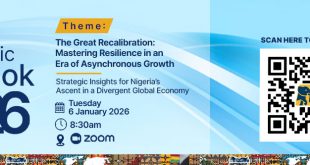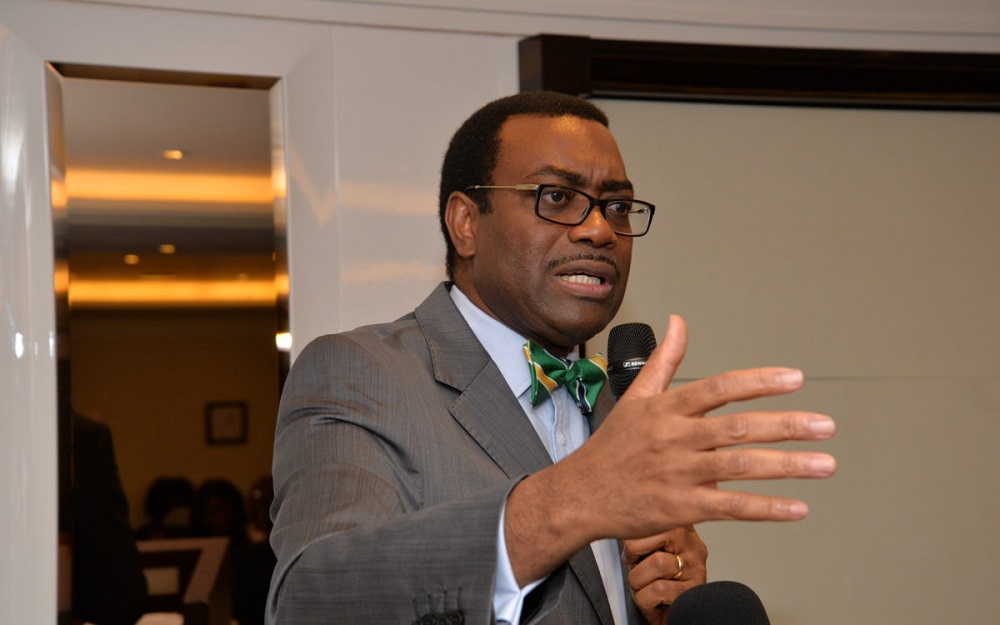Africa currently received only about $29.5 billion in climate financing between 2019 and 2020.
Private sector financing to support climate adaptation and mitigation in Africa is estimated at just $4.2 billion from 2019-2020, the lowest of any region of the world.
It added that Africa’s private-sector climate financing gap is estimated to reach $213.4 billion annually between 2020 and 2030.
This is just as it said West Africa experienced slower economic growth over the past year except for Cabo Verde, The Gambia, Guinea, Mali, and Niger.
The report assessed the economic performance of 15 West African countries, namely: Benin, Burkina Faso, Cabo Verde, Côte d’Ivoire, The Gambia, Ghana, Guinea, Guinea-Bissau, Liberia, Mali, Niger, Nigeria, Senegal, Sierra Leone and Togo.
Titled Mobilising Private Sector Financing for Climate and Green Growth in West Africa, the report provided key economic trends in 2022 as well as medium-term (2023-2024) economic forecasts for the region.
It also evaluated strategies to accelerate the mobilisation of private sector financing for climate and green growth in West Africa.
The report noted that West Africa’s average gross domestic product decelerated to 3.8% in 2022 from 4.4% in 2021, implying that the growth recovery from the 2020 downturn had slowed.
It attributed decelerating growth to, among other factors, such successive shocks as the resurgence of Covid-19 in China, a major trade partner for the region’s countries. Russia’s invasion of Ukraine has also spurred inflationary pressures on the cost of food, fuel and fertilizer in many West Africa region countries.
The report further revealed that advanced economies have also tightened monetary policy, which has heightened aversion to risk globally and increased exchange rate pressures.
The 2023 West Africa Economic Outlook report noted that adapting to climate change and the depletion of the region’s natural resources present an opening for businesses and governments to embrace sustainable and green growth.
According to the report, “West Africa has enormous potential to achieve green growth, green industrialization being the most obvious pathway. The rationale for green growth across the region is quite comprehensive: climate change impacts and risks, natural capital depletion, poverty, and food insecurity, as well as limited employment creation and many capital-intensive enclaves.”
Speaking during the launch, Professor Kevin C. Urama, African Development Bank Chief Economist and Vice President for Economic Governance and Knowledge Management, said that multiple challenges had led to rising interest rates and were compounding debt service payments to African countries.
He explained that these included climate change, inflation driven by higher prices of energy, commodities, and disruption of supply chains, as well as the tightening of monetary policy in the United States and Europe.
Urama added that greater effort will be needed in Africa to mobilise domestic resources and private sector financing to help countries achieve climate and green growth transitions.
He said: “Africa is being short-changed [in] climate financing. The continent will need between $235 billion and $250 billion annually through 2030 to meet investments under its nationally determined contributions.
Yet, Africa received only about $29.5 billion in climate financing between 2019 and 2020.”
Private sector financing to support climate adaptation and mitigation in Africa is estimated at just $4.2 billion from 2019-2020, the lowest of any region of the world.
Africa’s private-sector climate financing gap is estimated to reach $213.4 billion annually between 2020 and 2030.
Quoting from the report, Urama said: “Africa can accelerate its green development transitions by optimising its natural capital, estimated at about $6.2 trillion in 2018.”
He noted that the continent, however, was not getting the best out of its natural resources because of poor valuation, degradation, illicit capital flows and losses from royalties and taxes.
Also speaking at the report launch, African Development Bank lead economist Guy Blaise Nkamleu, said that four of the region’s fifteen countries— Guinea-Bissau, Mali, Liberia, and Niger— were ranked among the ten most vulnerable countries to climate change and environmental hazards worldwide.
“To boost private sector financing for climate change and green growth, innovative instruments and mechanisms need to be deployed by West African governments to attract private sector financing,” Nkamleu said.
 DailyrecordNg …Nigeria's hottest news blog
DailyrecordNg …Nigeria's hottest news blog









